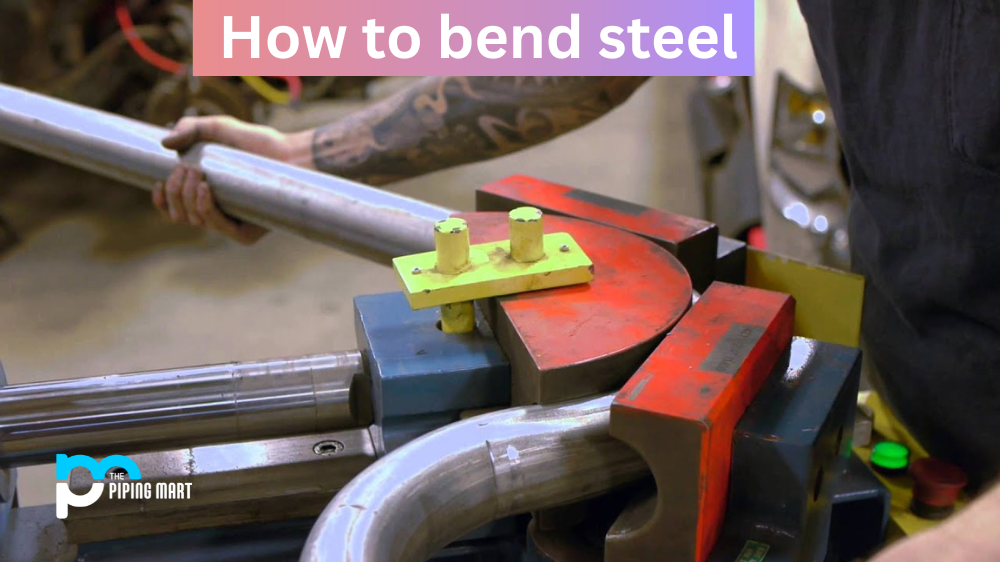Permanent magnets are a common sight in everyday life, from the fridge magnets that hold up your grocery list to the motors used in electric cars. But what is it that makes permanent magnets so special? It all comes down to the alloy used to construct them. In this blog post, we’ll take a look at which alloys are used in permanent magnet production and why they make such effective magnets.
The alloy used to make permanent magnets is typically an iron-based alloy consisting of iron, nickel, and cobalt. This combination of metals provides just the right amount of magnetic strength and durability for use in everyday applications. It is also relatively low cost and easy to work with compared to other more exotic materials like rare earth elements (e.g., neodymium). The most commonly used alloy for permanent magnet production is known as Alnico, which stands for aluminum-nickel-cobalt.
Alnico magnets are made by combining these three metals together into a molten state, then cooling them into solid rods or blocks called “ingots.” Next, these ingots are machined into thin slices called laminates that can be cut into shapes and sizes suitable for various magnet designs. Finally, these laminates can be subjected to heat treatments or mechanical treatments—such as grinding or polishing—to further refine their magnetic properties and make them suitable for practical applications.
Other alloys have been developed over the years that offer different levels of magnetic strength or temperature stability than Alnico, but they tend to be more expensive or difficult to work with, so they have not gained widespread use in commercial applications yet. However, researchers continue to explore new materials in order to further improve upon existing technologies as well as develop new ones.
Conclusion:
Permanent magnets are an essential part of modern technology due largely in part to the unique combination of metals that make up their alloy structure. By combining iron, nickel, and cobalt together in just the right proportions, engineers have been able to produce powerful yet relatively inexpensive magnets that can be easily adapted for any number of uses ranging from holding up pictures on your fridge door at home all the way up through powering electric cars on our roads today! If you’re looking for a reliable source of magnetization for your next project, then it’s worth considering an Alnico-based alloy – you won’t regret it!
Sakshee is a talented blogger, with a particular focus on the Business and Metal Industry. She is passionate about sharing her insights on various metal products and helping professionals to make a better decisions.




